Home>Furniture & Design>Living Room Furniture>How To Protect Wall From Recliner
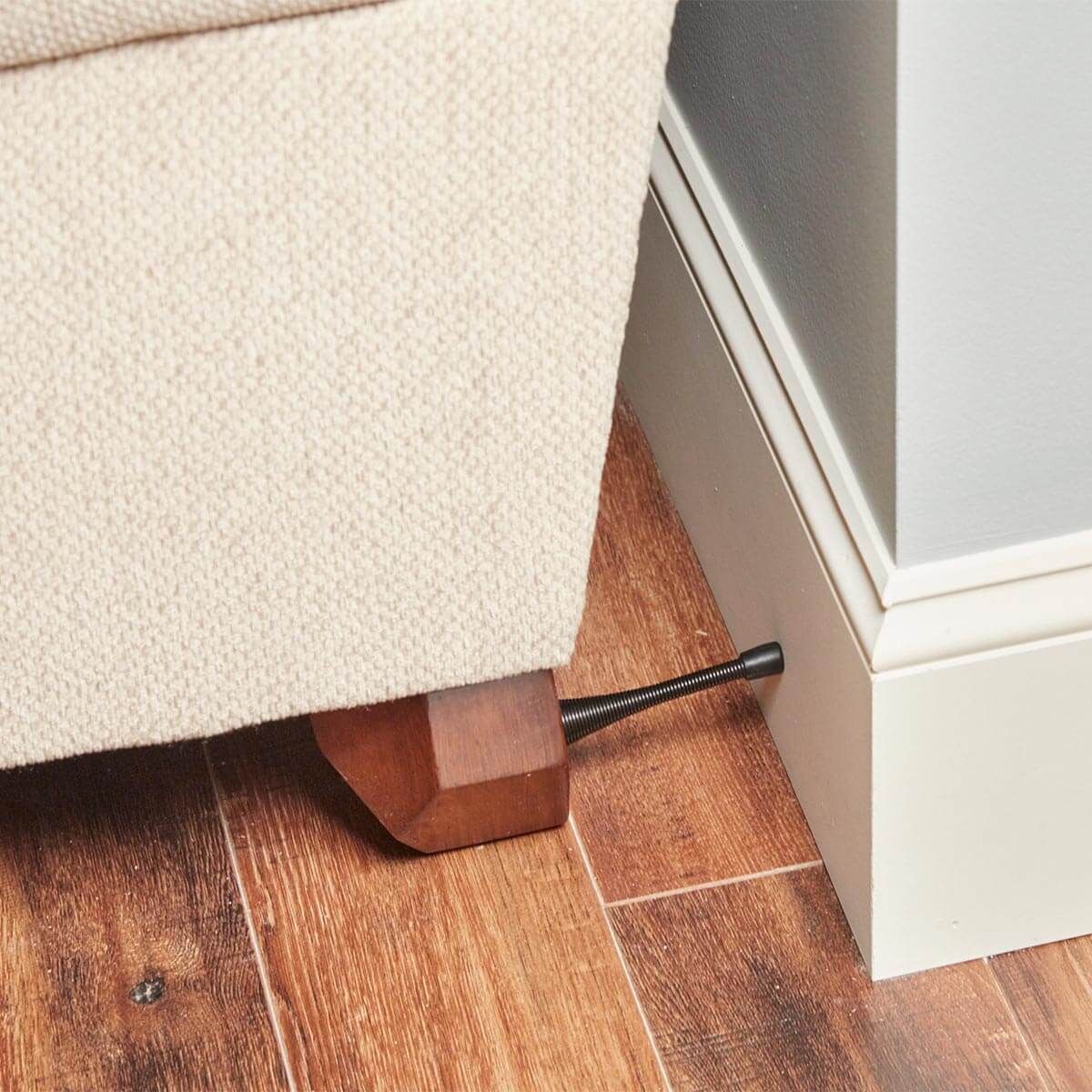

Living Room Furniture
How To Protect Wall From Recliner
Modified: January 6, 2024
Learn how to protect your walls from recliner damage with our expert tips and solutions. Keep your living room furniture and design looking great for longer.
(Many of the links in this article redirect to a specific reviewed product. Your purchase of these products through affiliate links helps to generate commission for Storables.com, at no extra cost. Learn more)
Introduction
Read more: What Is A Wall Recliner Chair
Understanding the Potential Damage
When it comes to protecting your walls from the potential damage caused by a recliner, it’s essential to consider the various factors that can contribute to wear and tear. Whether you’ve recently invested in a luxurious recliner or are contemplating the purchase of one, it’s crucial to understand the impact it can have on your walls. From scuff marks and scratches to dents and chips, the presence of a recliner in your living room can inadvertently lead to unsightly blemishes on your walls over time.
To mitigate this risk and preserve the pristine condition of your walls, it’s important to explore practical and effective strategies for safeguarding them from potential harm. By implementing preventative measures and adopting a proactive approach, you can maintain the aesthetic appeal of your living space while enjoying the comfort and functionality of your beloved recliner.
In this comprehensive guide, we’ll delve into the various methods and techniques for protecting your walls from the detrimental effects of a recliner. From utilizing furniture pads and installing wall protectors to rearranging furniture and implementing regular maintenance, we’ll equip you with the knowledge and insights needed to safeguard your walls and uphold the visual integrity of your living room.
By incorporating these strategies into your home maintenance routine, you can create a harmonious balance between comfort, style, and practicality, ensuring that your walls remain unscathed by the presence of a recliner. Let’s explore the proactive steps you can take to shield your walls from potential damage and preserve the allure of your living room.
Read more: What Is A Wall Recliner Chair
Understanding the Potential Damage
Before delving into the specific methods of protecting your walls from a recliner, it’s crucial to grasp the potential damage that can occur. The repeated movement and positioning of a recliner against the wall can lead to a range of issues, including scuff marks, scratches, dents, and even chipped paint or plaster. These forms of damage not only detract from the visual appeal of your living room but also necessitate costly and time-consuming repairs.
One of the primary culprits behind wall damage is the friction generated when a recliner is in use. As individuals recline and adjust their seating position, the back and sides of the recliner can rub against the wall, leaving behind unsightly marks and abrasions. Over time, this friction can wear down the paint or finish, particularly in high-traffic areas where the recliner is frequently utilized.
Moreover, the weight and pressure exerted by the recliner against the wall can result in indentations and dents, especially if the wall is relatively soft or susceptible to impact. These imperfections not only compromise the aesthetics of the wall but also create an uneven surface that disrupts the overall visual harmony of the room.
Furthermore, if the recliner is positioned in close proximity to the wall, accidental collisions or movements can lead to more severe damage, such as chipped paint or plaster. This is particularly common in households with limited space, where the proximity of furniture to the walls increases the likelihood of accidental impact.
By understanding the potential forms of damage that can result from the presence of a recliner, you can proactively address these concerns and implement targeted solutions to protect your walls. The subsequent sections will explore practical strategies for mitigating these risks and preserving the pristine condition of your living room walls.
Using Furniture Pads
One of the most effective and versatile solutions for safeguarding your walls from recliner-related damage is the strategic placement of furniture pads. These protective pads, typically crafted from felt, rubber, or similar materials, serve as a cushioning barrier between the recliner and the wall, minimizing the impact of friction and pressure.
When applying furniture pads, it’s essential to consider the specific areas of contact between the recliner and the wall. Focus on the areas where the backrest, armrests, and base of the recliner come into direct or near contact with the wall. By strategically affixing furniture pads to these contact points, you can create a protective buffer that reduces the risk of scuffing, scratching, and denting.
When selecting furniture pads, opt for high-quality, durable options that provide sufficient thickness and resilience. Thicker pads are particularly effective in distributing the weight and pressure exerted by the recliner, thereby minimizing the risk of indentations and surface damage on the walls. Additionally, consider the adhesive or fastening mechanism of the pads to ensure secure and long-lasting attachment to the recliner.
Furthermore, furniture pads offer the added benefit of noise reduction, especially in the case of recliners with movable components. By placing pads strategically, you can minimize the impact noise generated when the recliner is adjusted or repositioned, contributing to a quieter and more serene living environment.
It’s important to periodically inspect and replace the furniture pads to maintain their effectiveness. Over time, the pads may wear down or accumulate debris, diminishing their protective capabilities. By routinely assessing and replacing the pads as needed, you can uphold their efficacy in safeguarding your walls from potential damage.
By incorporating furniture pads into your wall protection strategy, you can mitigate the adverse effects of friction and pressure, preserving the pristine condition of your walls while enjoying the comfort and convenience of your recliner.
Installing a Wall Protector
Another proactive approach to shielding your walls from the potential damage caused by a recliner involves the installation of purpose-built wall protectors. These protective accessories, available in a variety of designs and materials, are specifically designed to create a resilient barrier between the recliner and the wall, effectively minimizing the risk of scuffs, scratches, and dents.
Wall protectors are typically crafted from durable materials such as rubber, vinyl, or foam, offering a cushioning layer that absorbs the impact of the recliner and prevents direct contact with the wall. They are available in various configurations, including adhesive-backed pads, corner guards, and full-length strips, allowing for versatile and tailored protection based on the layout and dimensions of your living room.
When selecting a wall protector, consider the specific areas of the wall that are most susceptible to damage from the recliner. Focus on the sections where the backrest, armrests, and base of the recliner are in close proximity to the wall, as these are the primary points of contact that require protection. By strategically positioning the wall protectors in these areas, you can create a comprehensive shield against potential wear and tear.
Furthermore, wall protectors offer the added advantage of enhancing the aesthetic appeal of your living room. With a wide range of colors, finishes, and styles available, you can select wall protectors that complement the existing decor and seamlessly integrate with the overall design scheme. This allows you to prioritize wall protection without compromising the visual cohesion of your living space.
During the installation process, ensure that the wall protectors are securely affixed and aligned to provide consistent coverage and protection. Regularly inspect the condition of the protectors and reattach or replace them as needed to maintain their efficacy in safeguarding your walls.
By incorporating wall protectors into your wall protection strategy, you can proactively mitigate the risk of damage from your recliner, preserving the pristine condition of your walls and sustaining the visual harmony of your living room.
Place a furniture pad or rubber stoppers on the wall behind the recliner to prevent scratches and dents. You can also use a slipcover or a furniture protector to provide a buffer between the recliner and the wall.
Read more: What Is Wall Hugger Recliner
Rearranging Furniture
When aiming to protect your walls from potential damage caused by a recliner, strategic furniture rearrangement can significantly minimize the risk of wear and tear. By repositioning the recliner and other furniture pieces within your living room, you can create a layout that reduces the likelihood of accidental collisions and friction against the walls.
Begin by assessing the current placement of the recliner in relation to the walls. Identify any areas where the recliner is in close proximity to the wall, particularly in high-traffic zones or areas prone to frequent use. By creating a buffer zone between the recliner and the walls, you can mitigate the risk of inadvertent contact and minimize the potential for damage.
Consider relocating other furniture items, such as side tables, accent chairs, or decorative elements, to create a more spacious and unobstructed environment around the recliner. This not only enhances the visual flow of the room but also reduces the likelihood of obstructions that may lead to accidental impacts on the walls.
Moreover, optimizing the layout of your living room can contribute to a more functional and harmonious space, allowing for easier movement and a more open, inviting atmosphere. By strategically rearranging furniture to create designated pathways and clearances, you can minimize the risk of collisions and friction that could compromise the integrity of your walls.
When implementing furniture rearrangement, it’s essential to consider the overall balance and aesthetic appeal of the room. Aim to maintain a cohesive and visually pleasing arrangement while prioritizing the protection of your walls. By striking a harmonious balance between functionality and aesthetics, you can create an environment that safeguards your walls without sacrificing style and comfort.
Regularly assess the effectiveness of the new furniture layout and make adjustments as needed to optimize the protection of your walls. By proactively rearranging your furniture, you can create a living room environment that minimizes the potential for damage from a recliner while enhancing the overall appeal and functionality of the space.
Regular Maintenance and Inspection
Consistent maintenance and periodic inspections play a crucial role in preserving the condition of your walls and mitigating the potential damage caused by a recliner. By incorporating regular maintenance practices and thorough inspections into your home care routine, you can proactively identify and address any signs of wear and tear, ensuring that your walls remain pristine and unblemished.
Initiate a routine maintenance schedule that includes cleaning and inspecting the areas of the wall that are most susceptible to damage from the recliner. Use a gentle cleaning solution and a soft cloth to remove any accumulated dust, debris, or marks from the wall surface. Regular cleaning not only maintains the visual appeal of the walls but also allows you to closely examine the condition of the paint or finish.
During the cleaning process, pay particular attention to the areas where the recliner comes into contact with the wall. Look for any indications of scuff marks, scratches, or indentations, and address them promptly to prevent further deterioration. By addressing minor blemishes in a timely manner, you can prevent them from escalating into more significant damage over time.
Conduct thorough inspections of the wall protectors, furniture pads, and any other protective measures in place. Ensure that these components are securely attached and functioning effectively to provide the necessary safeguarding against potential damage from the recliner. Replace or repair any worn or damaged protective elements to maintain their efficacy in preserving the walls.
Additionally, periodically assess the positioning and alignment of the recliner in relation to the walls. Confirm that the protective measures are adequately positioned and that the recliner is not exerting undue pressure or friction against the walls. Making minor adjustments to the positioning of the recliner can further minimize the risk of damage and prolong the pristine condition of the walls.
By integrating regular maintenance and diligent inspections into your home care routine, you can proactively identify and address any factors that may compromise the integrity of your walls. This proactive approach not only safeguards your walls from potential damage caused by a recliner but also contributes to the overall maintenance and upkeep of your living space.
Conclusion
Protecting your walls from the potential damage caused by a recliner is an essential aspect of maintaining the visual appeal and structural integrity of your living room. By understanding the various forms of damage that can result from the presence of a recliner, you can implement targeted strategies to safeguard your walls and preserve their pristine condition.
From utilizing furniture pads and installing wall protectors to strategically rearranging furniture and incorporating regular maintenance practices, there are numerous proactive measures you can take to mitigate the risk of wear and tear. These strategies not only protect your walls but also contribute to a harmonious and inviting living environment that prioritizes both comfort and aesthetics.
By integrating protective measures such as furniture pads and wall protectors, you create a resilient barrier that minimizes the impact of friction and pressure, effectively shielding the walls from scuffs, scratches, and dents. Strategic furniture rearrangement further reduces the risk of accidental collisions and friction, contributing to a more functional and visually appealing living space.
Regular maintenance and thorough inspections are fundamental components of wall protection, allowing you to promptly address any signs of damage and maintain the efficacy of protective measures. By adopting a proactive and attentive approach to wall protection, you can ensure that your living room walls remain unblemished and visually captivating.
Ultimately, the proactive measures outlined in this guide empower you to enjoy the comfort and functionality of your recliner while preserving the pristine condition of your walls. By prioritizing wall protection, you can create a living room environment that harmoniously balances comfort, style, and practicality, ensuring that your walls remain unscathed by the presence of a recliner.
By implementing these strategies and incorporating them into your home maintenance routine, you can cultivate a living space that exudes both comfort and visual allure, free from the inadvertent damage that can result from the presence of a recliner. With a proactive and attentive approach, you can safeguard your walls and uphold the aesthetic integrity of your living room for years to come.
Now that you've learned how to shield your walls from recliner wear, why stop there? Keeping every corner of your home in tip-top shape is just as vital. Delve deeper into essential upkeep with our guide on regular home upkeep. Our insights will help you stay ahead of wear and tear, ensuring your space remains pristine and functional. Don't miss out on mastering the art of home preservation.
Frequently Asked Questions about How To Protect Wall From Recliner
Was this page helpful?
At Storables.com, we guarantee accurate and reliable information. Our content, validated by Expert Board Contributors, is crafted following stringent Editorial Policies. We're committed to providing you with well-researched, expert-backed insights for all your informational needs.
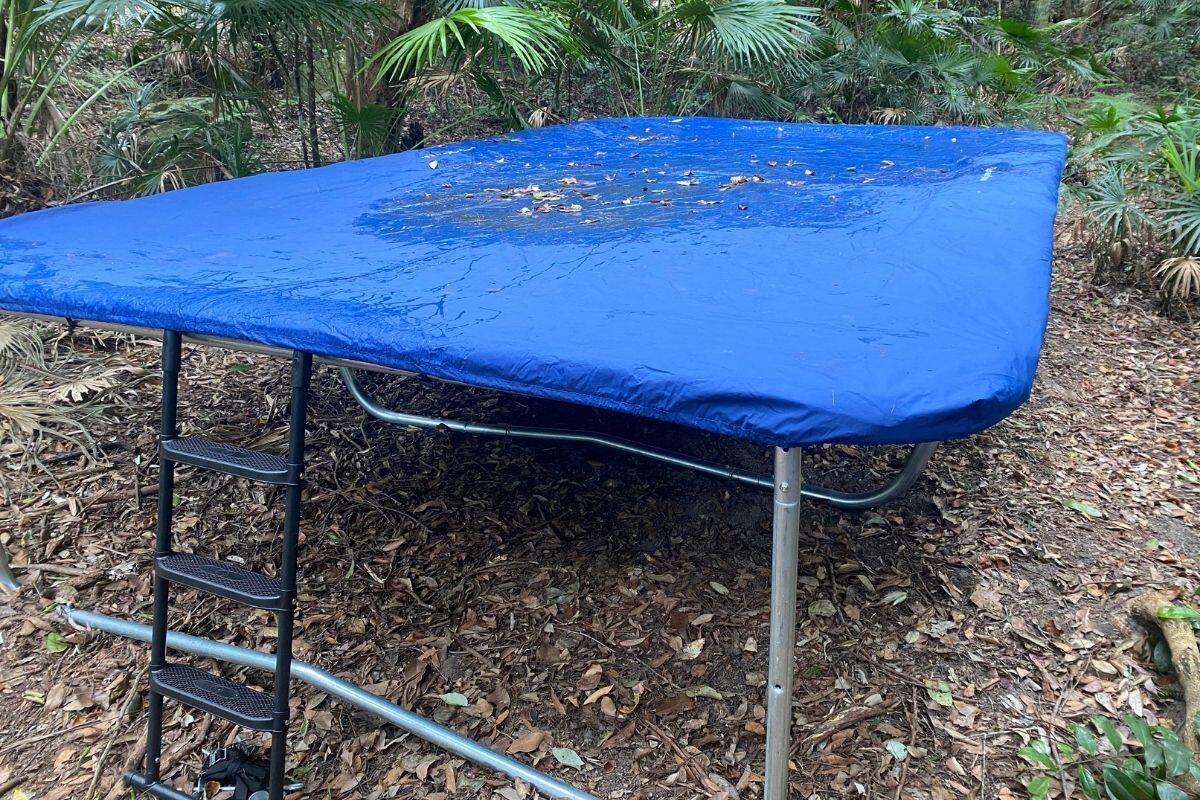


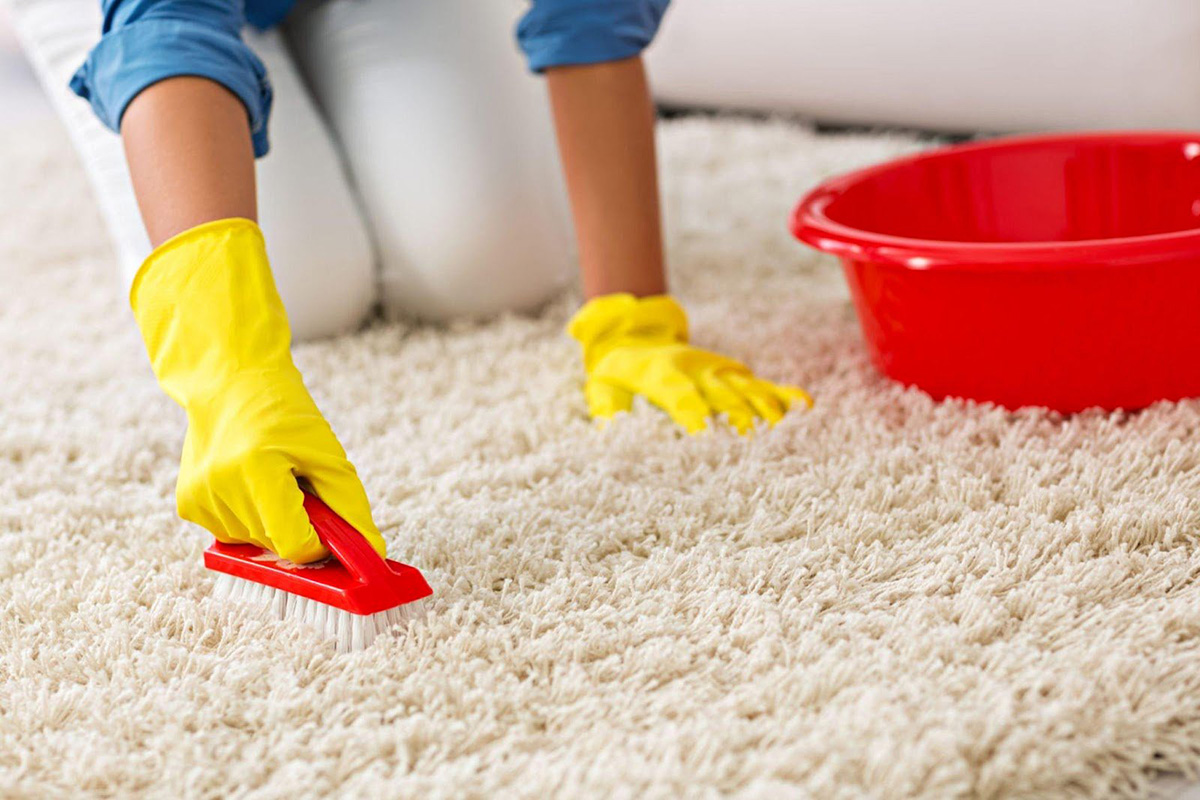
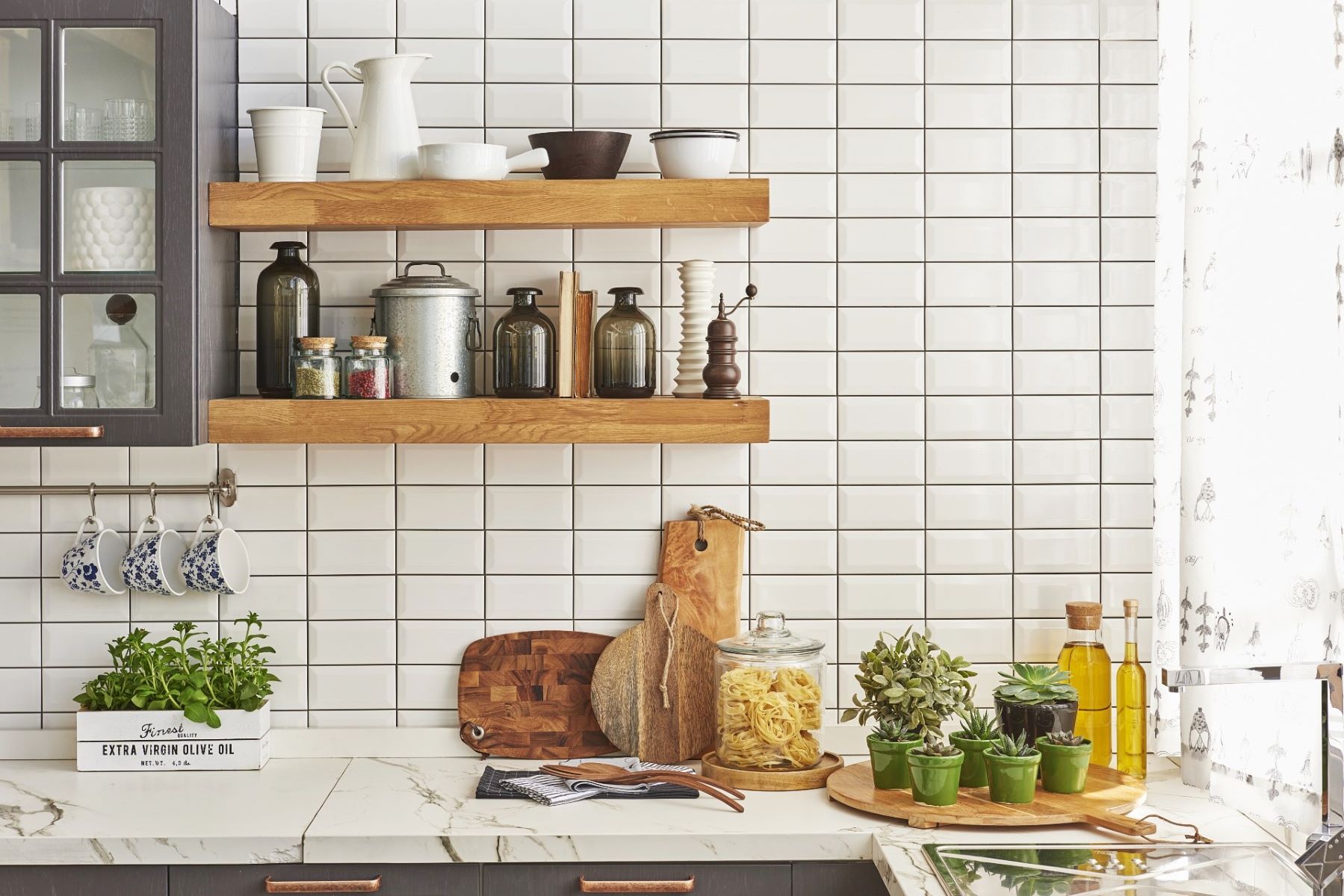
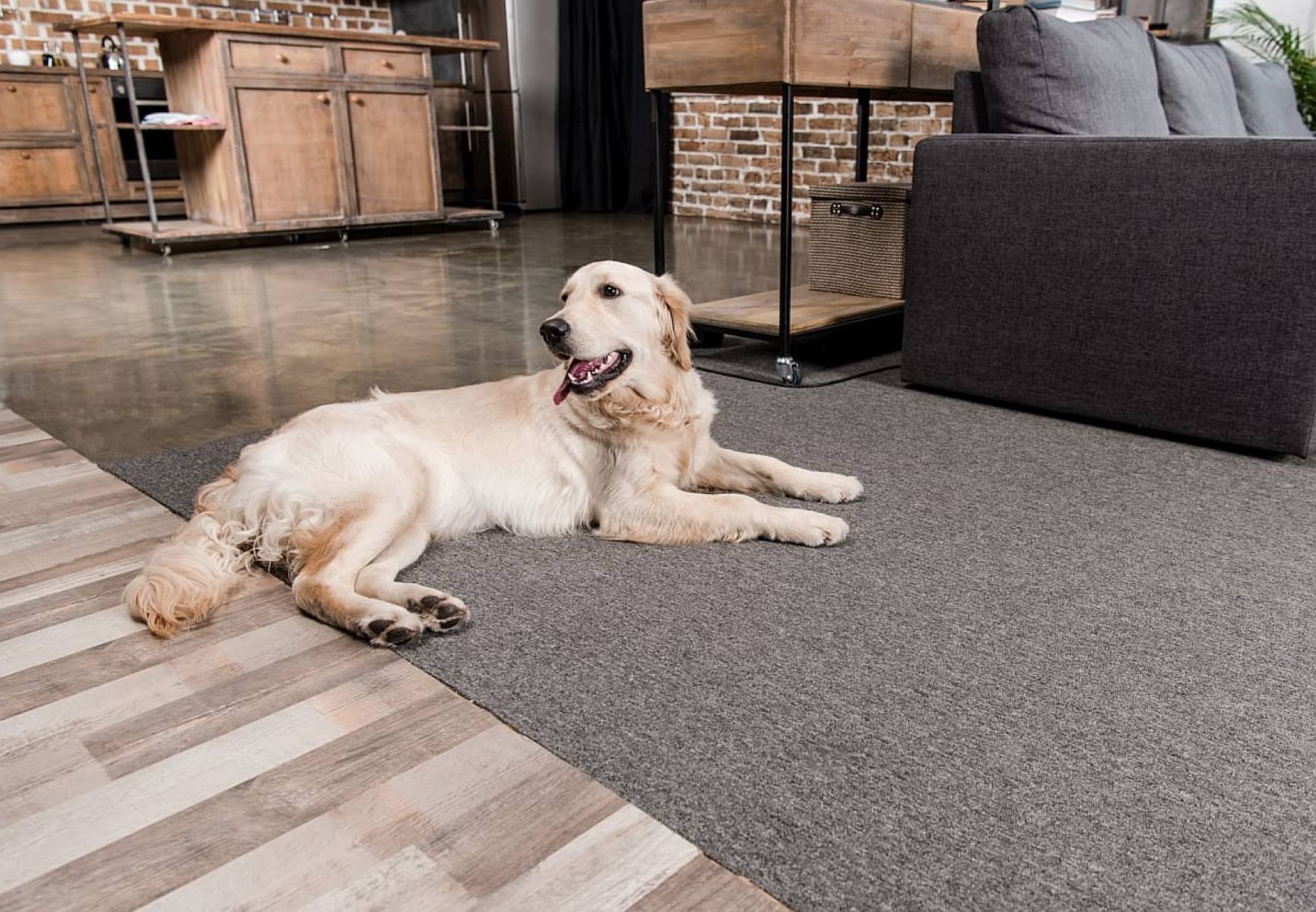
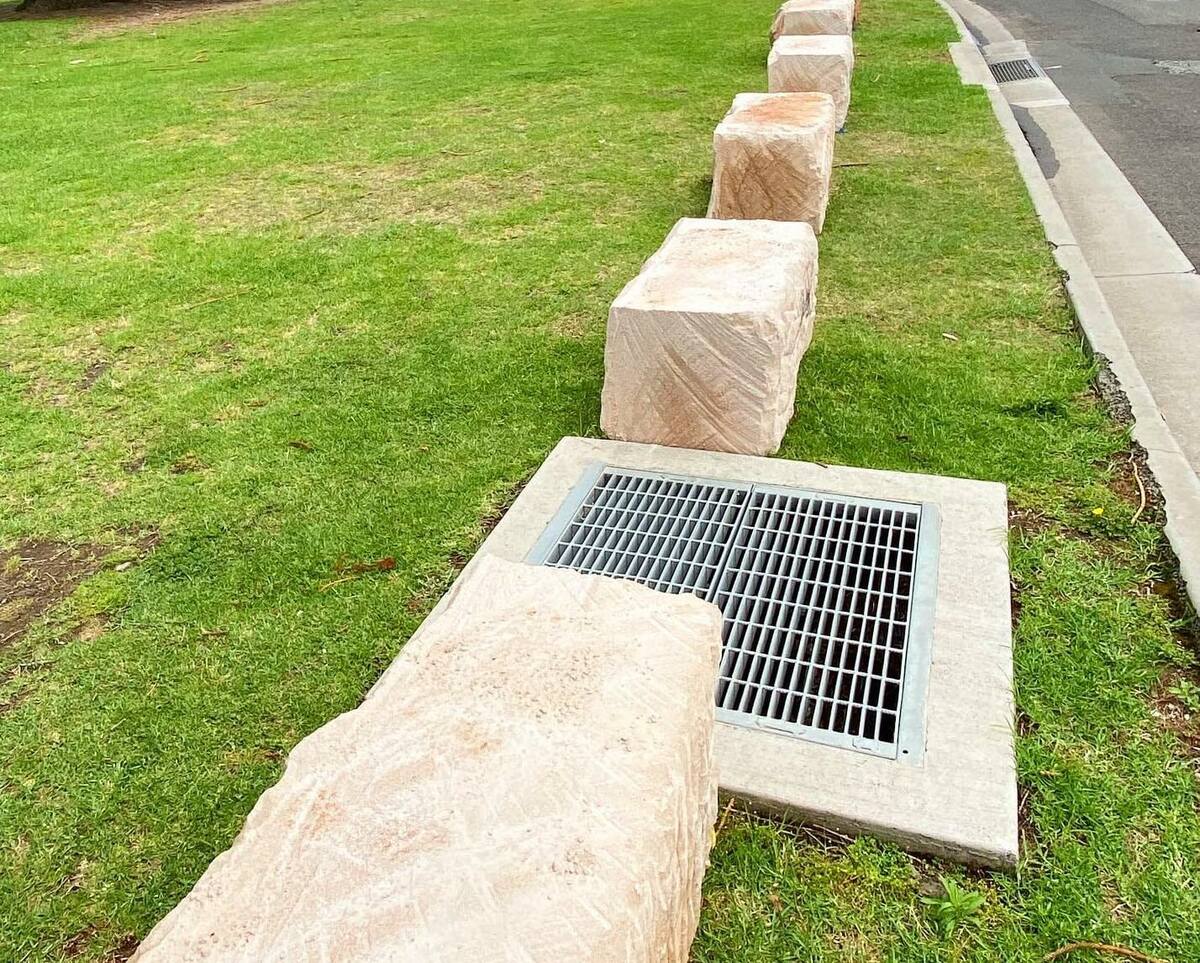
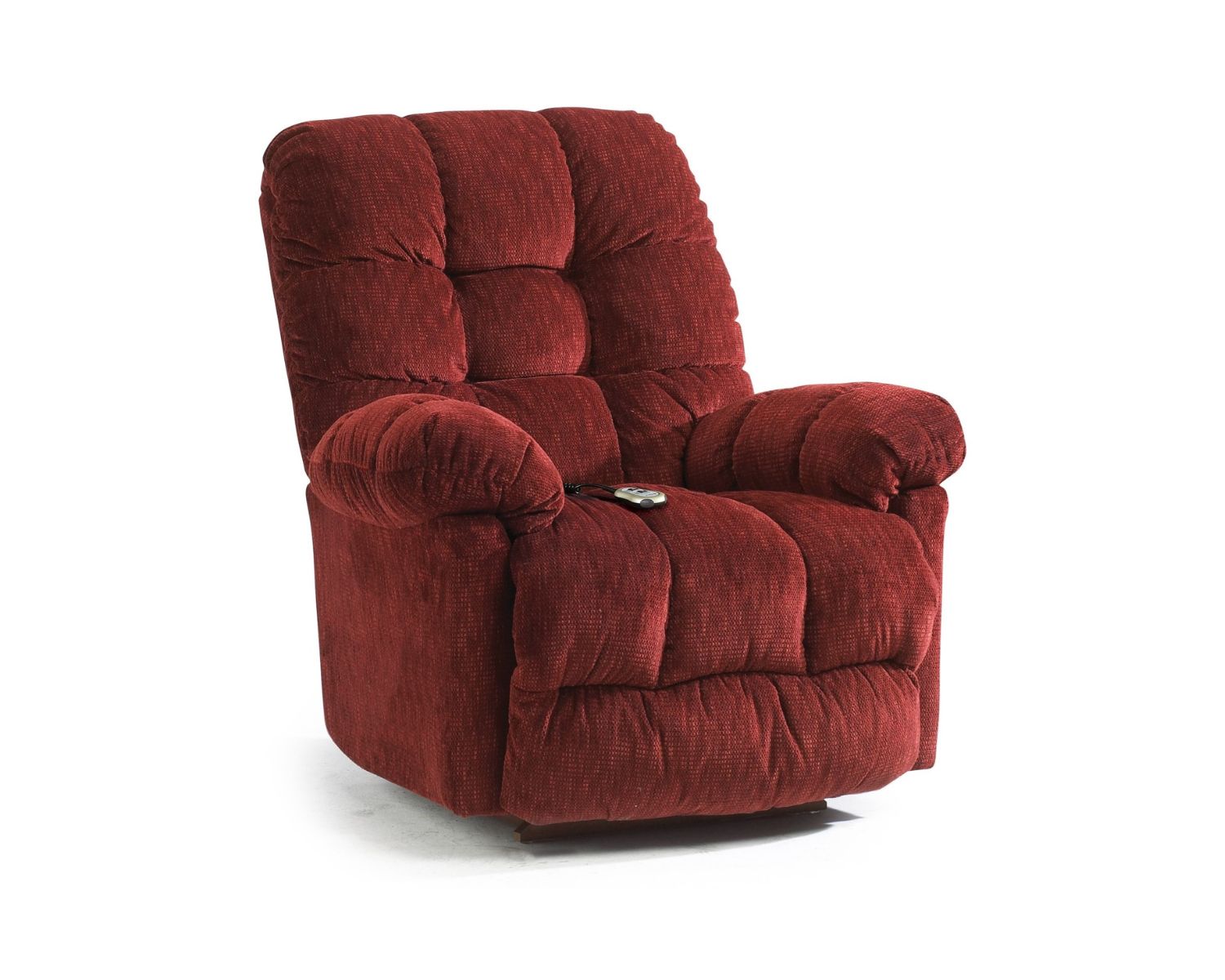
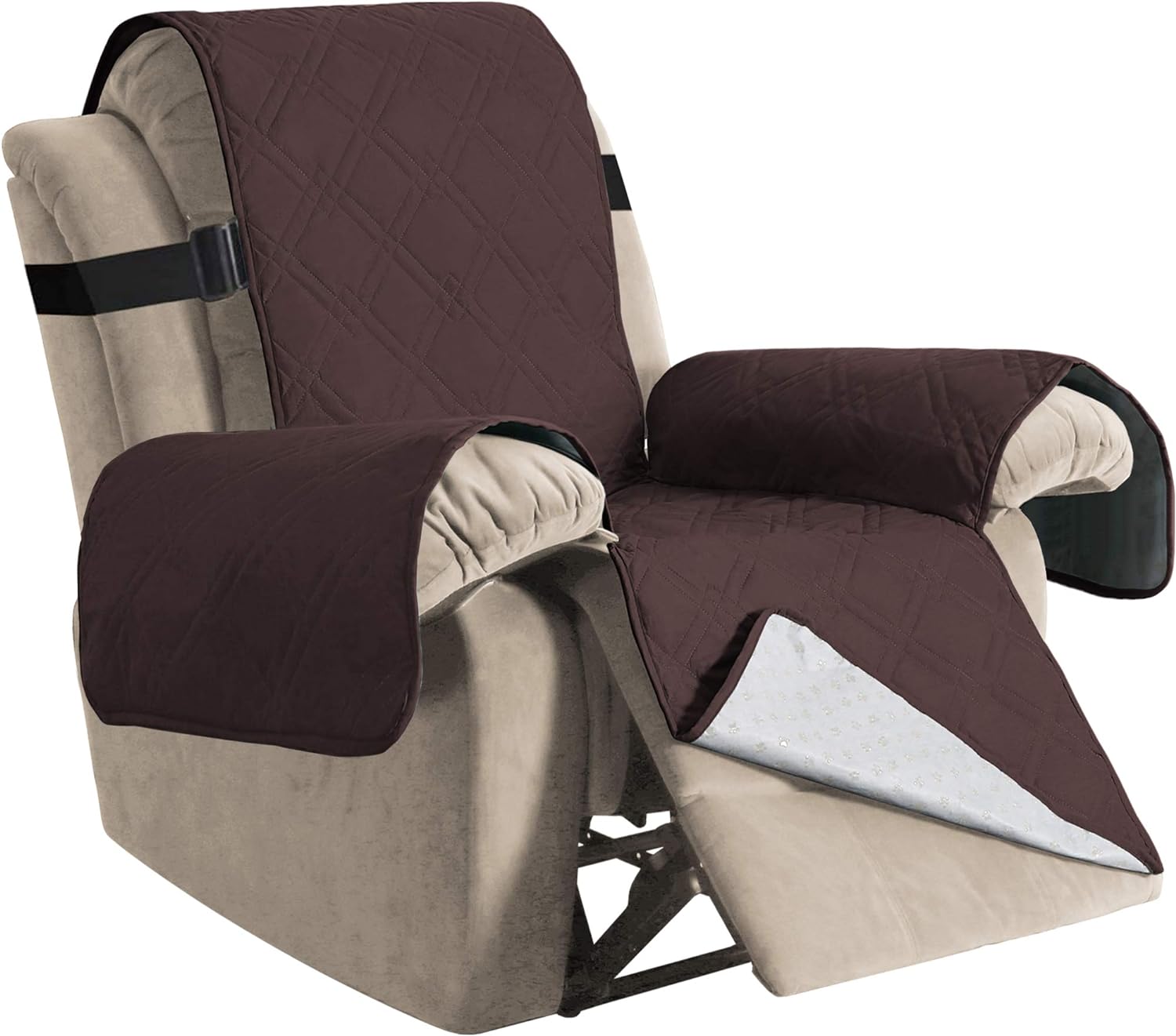
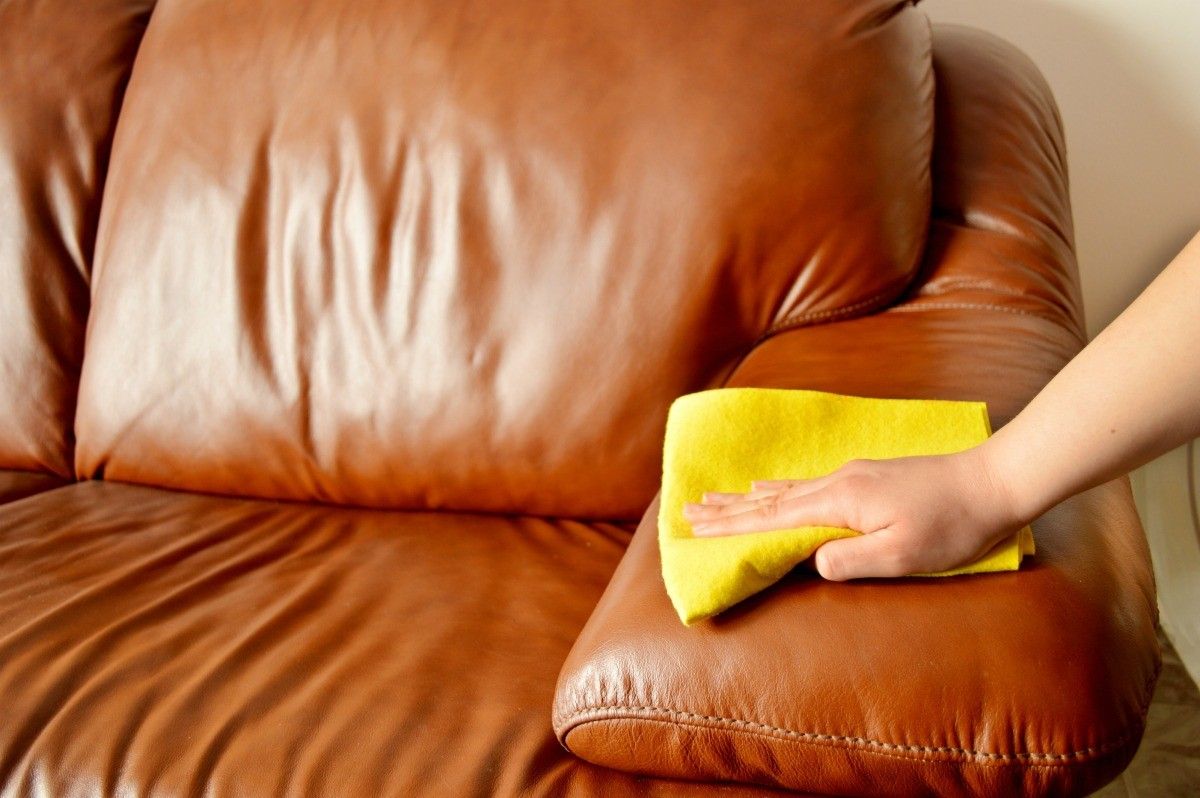

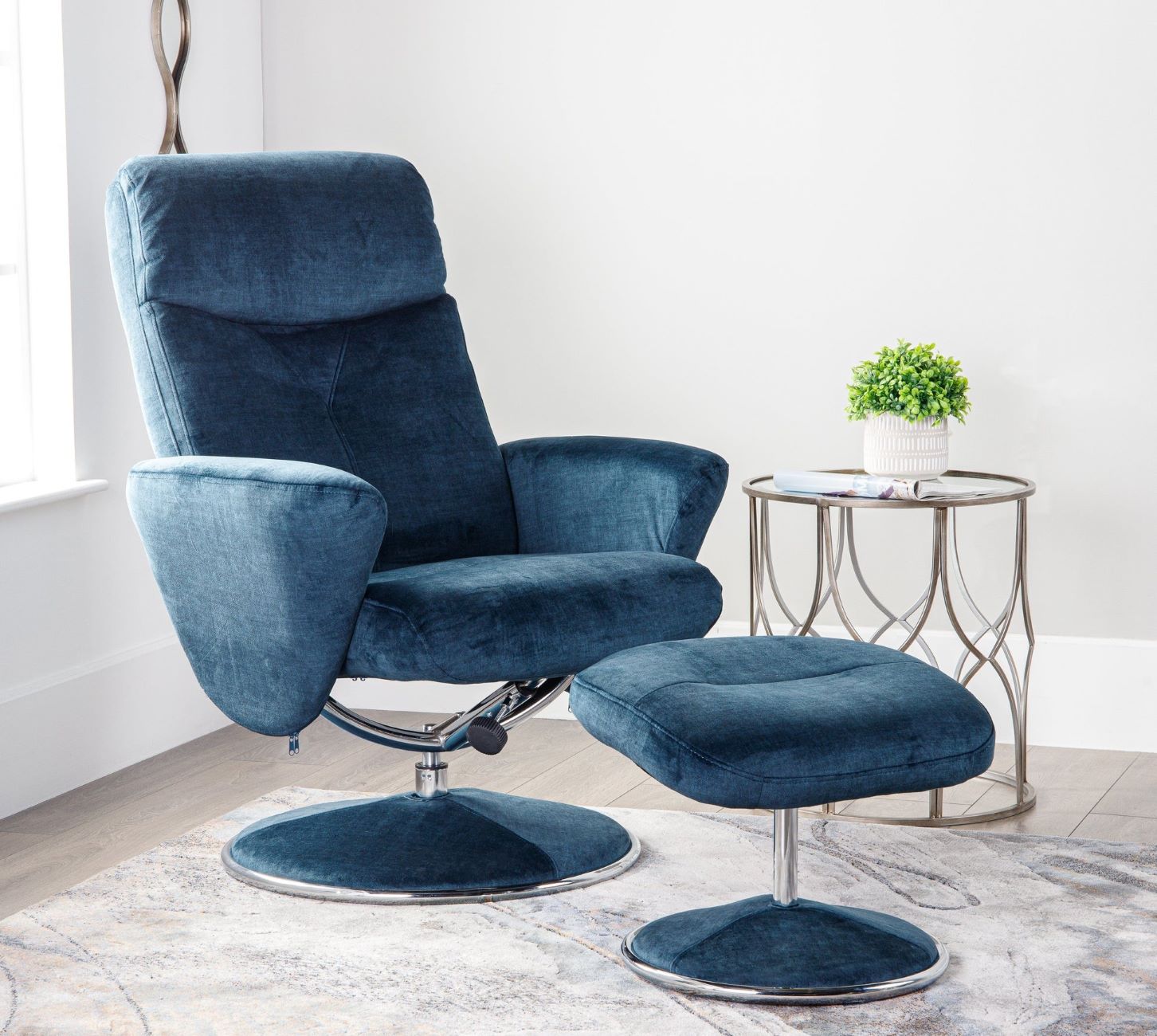
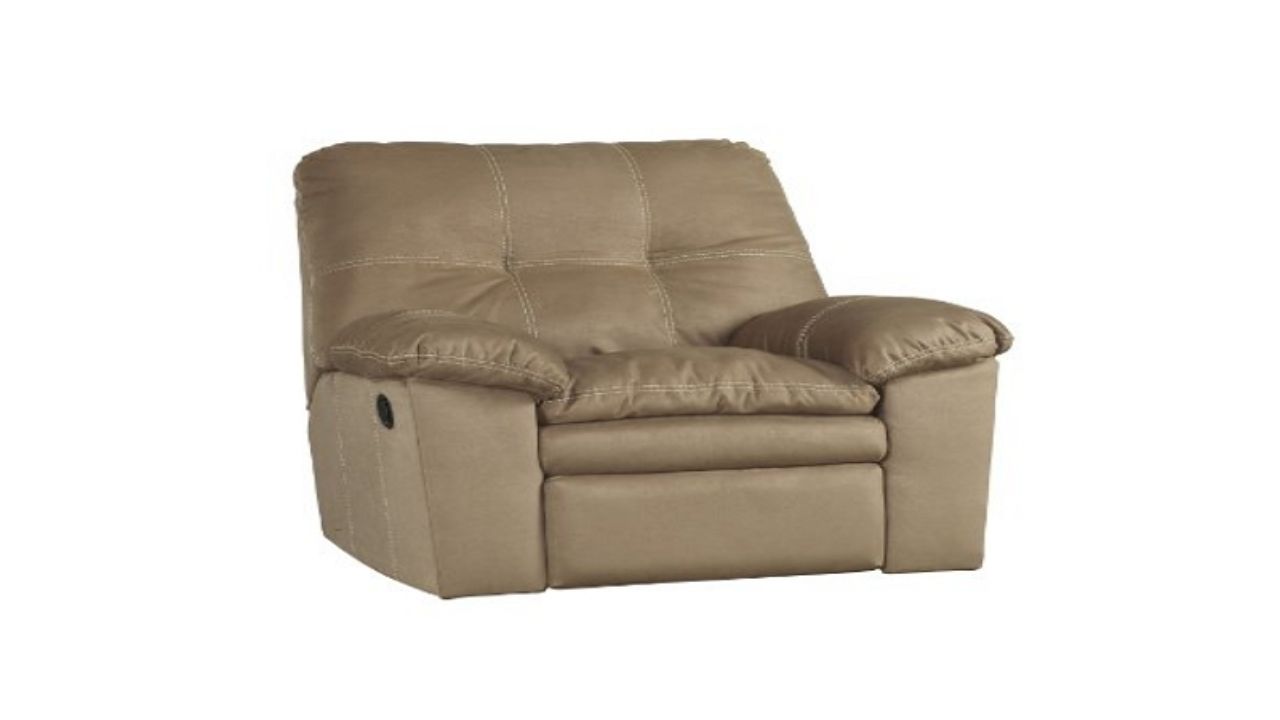
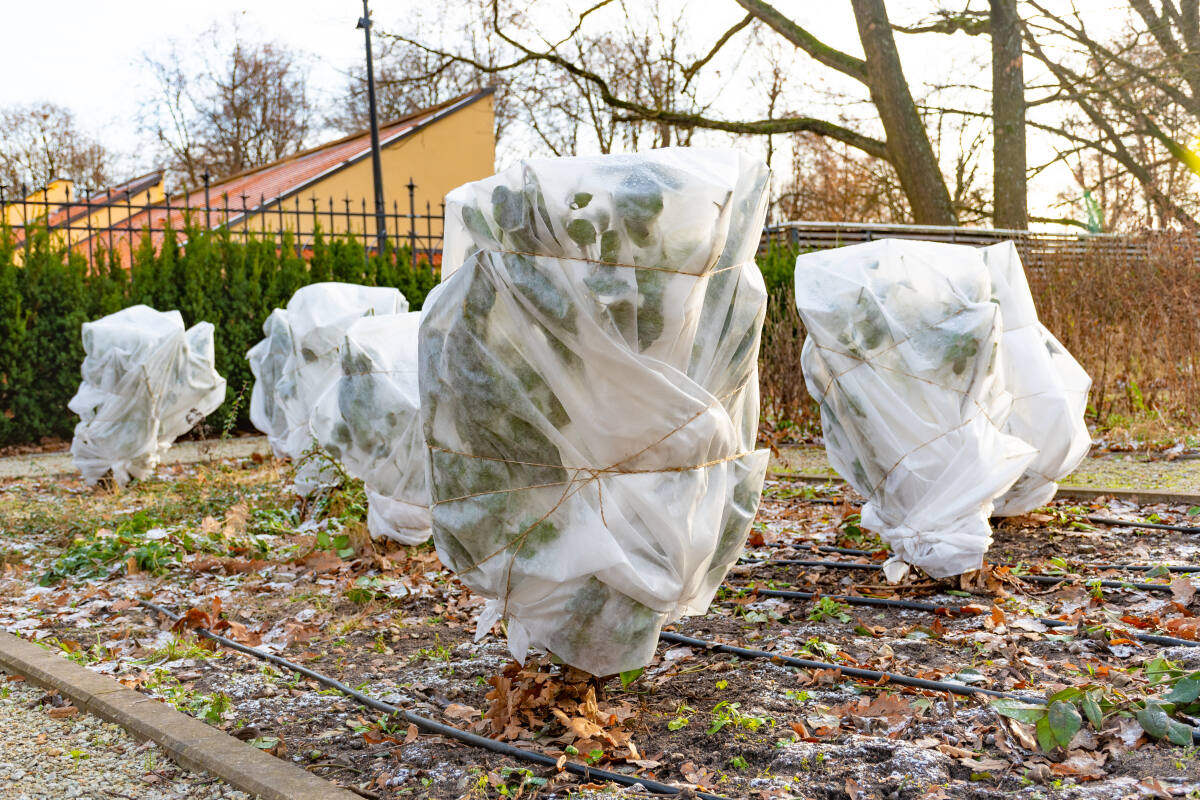

0 thoughts on “How To Protect Wall From Recliner”